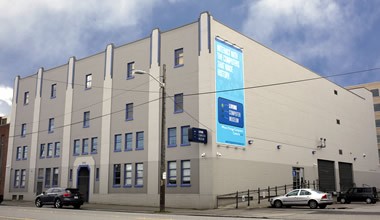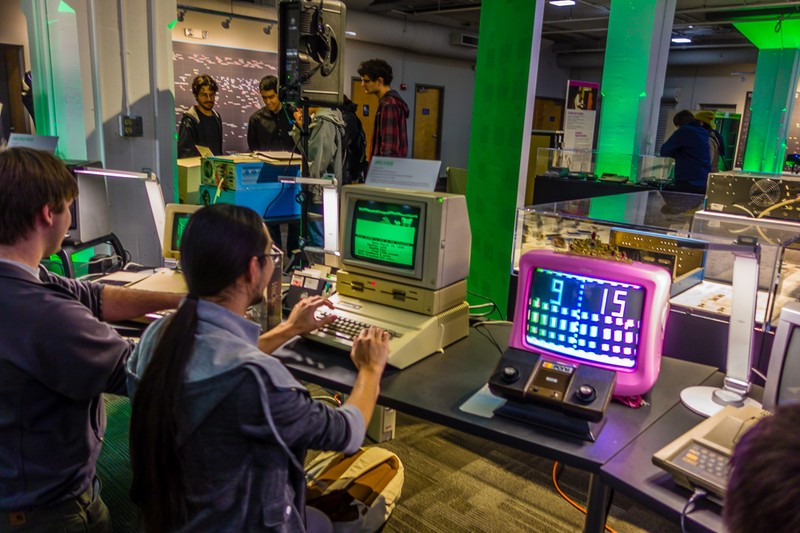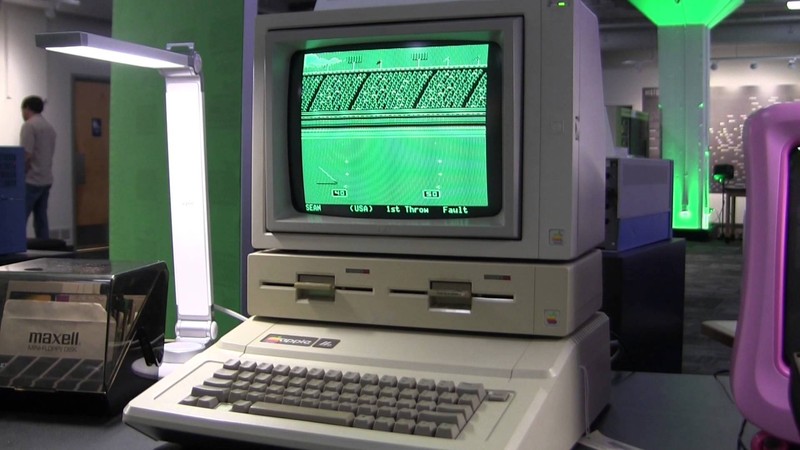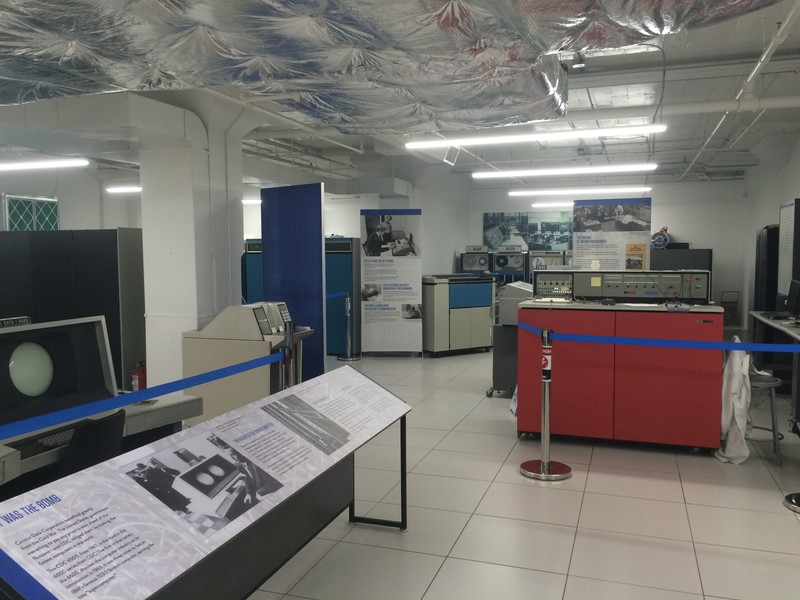Living Computer Museum
Introduction
Text-to-speech Audio
Images
The former warehouse that is now home to the Living Computer Museum.

Some visitors "interacting" with the machines.

A rare sighting of a working Apple IIe.

Some larger machines within the museum.

Backstory and Context
Text-to-speech Audio
Developed by Microsoft co-founder, Paul Allen in 2006, the museum opened its doors to the public in 2012 with the primary purpose of documenting the development of the computer by providing working models for visitors to interact with. Almost all the computers on display offer some level of interactivity. Some offer one-to-one interaction while others offer shared resources for dozens or hundreds of simultaneous users. And if you can’t make it to the museum in person, they offer connectivity for registered users via the internet.
A few of the stars on display…sorry, available for interaction are the following: 1971 Xerox Sigma 9, 1977 Radio Shack TRS-80, 1979 Atari 400, 1981 IBM PC, 1982 Commodore 64, 1983 Apple IIe, and 1984 Apple Macintosh. Most of these machines have been restored by the museum’s staff and visitors are able to observe these restoration processes first hand.
The museum offers guided tours as part of the admission fee at 11:15, 1:15, and 3:15 when open. In addition, the museum contains the Bitzone which is a resource room for families and school groups to explore various computer concepts. They also provide classroom space for 50 to accommodate field trips and large groups and have a gift shop that is open during normal operating hours.
